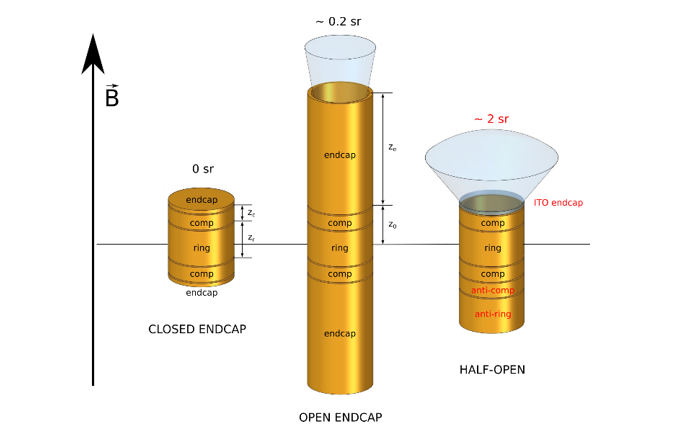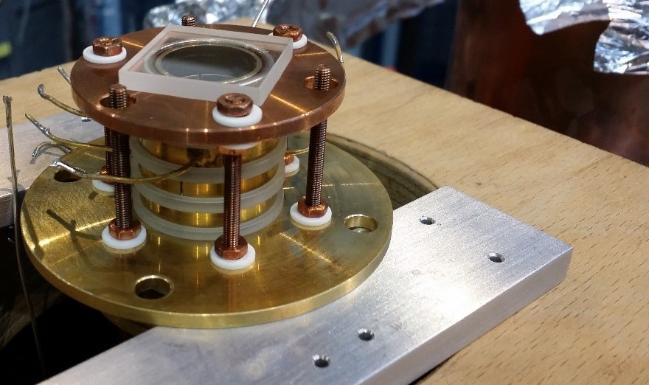Results with Transparent Trapping Electrode presented at DPG Spring Meeting 2019

AVA Fellow Jeffrey Klimes (GSI) of the Antimatter Experiments work package, attended the 83rd spring meeting of the German Physical Society (Deutsche Physikalische Gesellschaft, DPG), where he presented the implementation of a transparent electrode for the charged particle trap ARTEMIS.

Hundreds of PhD students attend a plenary session at the 83rd DPG Spring meeting. Talks were broadcast over a closed-circuit to increase capacitance of attendees.
The meeting was attended by many senior physics and hundreds of doctoral candidates working on atomic, molecular and plasma physics as well as quantum optics, and working groups focusing on energy science, industry involvement, and the physics of disarmament among many other topics. A highlight section included an in-depth discussion of the SI system of units and its future basis on purely fundamental constants of nature.
Hosted by Universität Rostock, the event consisted of 5 full days of seminars, invited and contributed talks and engagement activities. Between plenary talks and topical sections, industry spokespersons were invited to demonstrate marketed solutions to a wide range of experimental challenges.
At the poster session, Jeffrey presented the so-called ITO window, which is the indium-tin-oxide coated glass that serves as the endcap electrode in the ARTEMIS experiment and allows a wide solid angle for fluorescence light detection. The window in ARTEMIS is pictured below. This is of great benefit to spectroscopy experiments in charged particles traps such as ARTEMIS, where the fluoresced light is emitted over a large angle. Maximizing the detectable light can greatly improve the signal-to-noise ratio and therefore the overall precision of such experiments.

Picture of ITO window placement in the ARTEMIS trap.